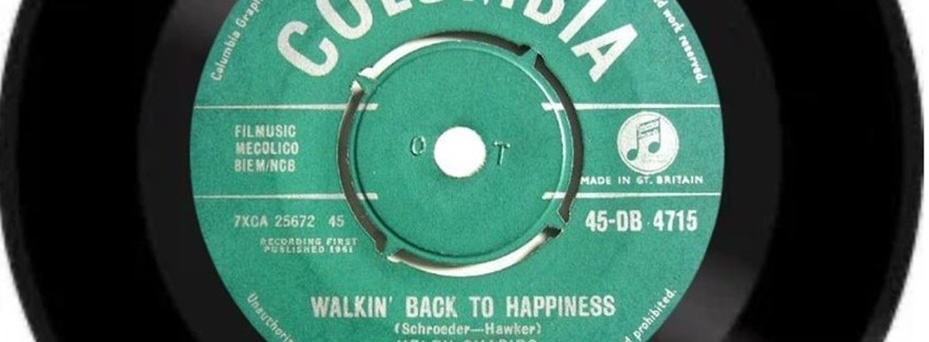You may or may not know Helen Shapiro’s name, but you’re sure to recognise her most famous song. Walkin’ Back To Happiness spent three weeks at the top of the charts back in 1961 – when, remarkably, Shapiro was just 14 years old. Helen Shapiro: Walkin’ Back aims to celebrate that astonishing story; it’s part jukebox musical, part original work, but entirely entertaining and an upbeat, comforting joy.
The indisputable star of the show is Lily B Martin, who plays the school-age Helen Shapiro (and is herself aged 14). She opens her account with a mature, bravura cover of 1920’s standard The Birth Of The Blues; when she moves on to Shaprio’s own breakthrough hit, Don’t Treat Me Like A Child, she hits that distinctive early-Sixties timbre with spirit and power. Martin is a credible actor as well as a talented singer – her visible boredom in the recording studio is an understated highlight – and she displays impressive stagecraft too, navigating complex sequences involving tricky hand-held microphones with practiced confidence and apparent ease.
Alongside Martin, Theo Hart plays songwriter John Schroeder. He too has a fine singing voice – pure and clear in one number, slightly bluesy in another, but always with underlying vulnerability and heart. Erin Gilliland-Patterson as the older Shapiro perhaps doesn’t get as much stage time as she deserves, but delivers all she’s asked for in the wistful opening number and joyful final duet. Scott Hunter as the producer Norrie Paramour is appropriately larger-than-life, while the chorus of three schoolgirl backing singers are a joy whenever they appear, pairing a cutesy dance style familiar from vintage music videos with a full and balanced sound.
Mixed in with the Sixties classics are a half-dozen original songs, composed by John Murray and Willie Logan. Number One is a fun interlude, which sees the three-girl chorus remodel a reluctant Shapiro into the image of a star, while When I Look Back makes a fine opening hook as the older Shapiro reflects on her past. But the stand-out for me among the original numbers is Where Have All The Good Songs Gone?, which perfectly mimics the very musical style it purports to challenge; the lyrics are sharp and entertaining, and the tune is catchy too.
While the music is first-rate and the narrative is clear, the show as a whole does lack a little structure. A comic bit involving ostentatious swooning is entertaining enough, but doesn’t quite fit the tone or characters that have developed up to then. A video montage draws attention away from the stage at a crucial moment and may not fully warrant its inclusion, while the story arc fizzles out at the height of Shapiro’s fame, falling back on another video and a brief monologue to tell the rest of the story. It must also be said that not all of the cast have quite the acting chops to match their impressive musicality.
But at the end of the day, the music’s what we’re here for – and of course, there’s one particular tune everyone wants to hear. They tease us with it, but they make us wait, and by the time Martin and Gilliland-Patterson perform it in duet the whole house is ready to sing along. All in all, this show is a sunny trip back to an iconic time – and I’m truly delighted that I got to walk along.


Comments